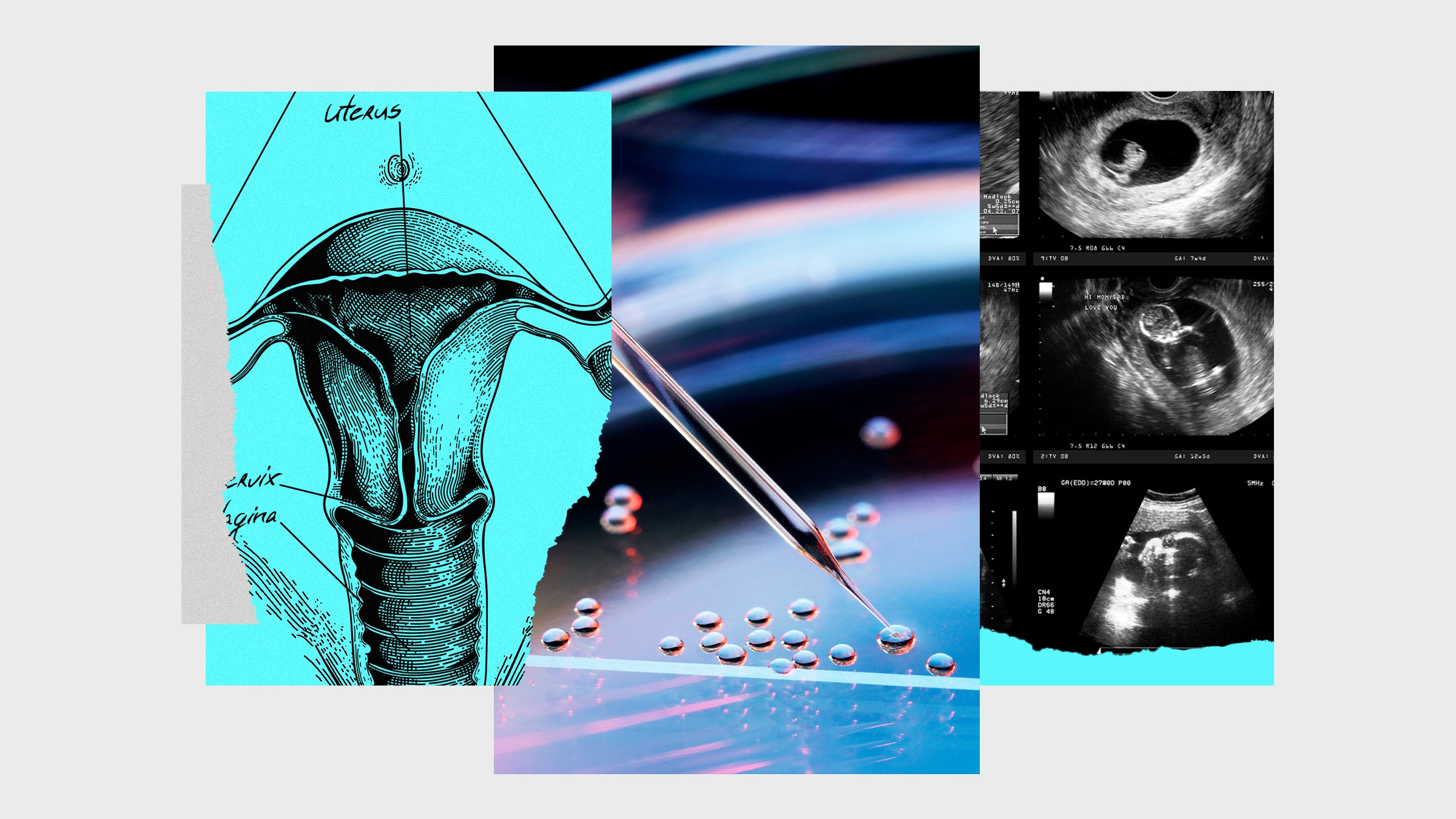
Artificial Wombs Will Change Abortion Rights Forever
One day, human wombs may no longer be necessary for bearing children. In 2016, a research team in Cambridge, England, grew human embryos in ectogenesis—the process of human or animal gestation in an artificial environment—for up to 13 days after fertilization. A further breakthrough came the next year, when researchers at the Children’s Hospital of Philadelphia announced that they had developed a basic artificial uterus named the Biobag. The Biobag sustained lamb fetuses, equivalent in size and development to a human fetus at roughly 22 weeks gestation, to full term successfully. Then, in August of 2022, researchers at the Weizmann Institute of Science in Israel created the world’s first synthetic embryos from mice stem cells. In the same month, scientists at the University of Cambridge used stem cells to create a synthetic embryo with a brain and a beating heart.
Ectogenesis has the potential to transform reproductive labor and reduce risks associated with reproduction. It could enable people with wombs to reproduce as easily as cisgender men do: without risks to their physical health, their economic safety, or their bodily autonomy. By removing natural gestation from the process of having children, ectogenesis could offer an equal starting point for people of all sexes and genders, particularly for queer people who wish to have children without having to rely on the morally ambiguous option of surrogacy.
If safe and effective ectogenesis were made accessible—as opposed to being privatized, which risks further entrenching social and economic inequalities—the technology could result in a more prosperous and more equal society. Yet development of ectogenesis could also wreak havoc on the hard-fought right of women and people with wombs to access safe and legal abortion, and could significantly weaken abortion policies worldwide.
Current philosophical literature and legislation on abortion revolve around three debates: the moral status of the fetus, women’s bodily autonomy, and the fetus’s viability. Ectogenesis means that fetuses at all stages will be viable, so the technology’s development will impact all three of these debates.
Antiabortion advocates tend to argue that the fetus is human at conception and that killing an innocent person by abortion is immoral. Pro-choice defendants of abortion rights, meanwhile, emphasize bodily autonomy and draw on arguments such as those made by philosopher Judith Thomson in her highly influential 1971 essay A Defense of Abortion. Thomson argues that even if a fetus is a person at the moment of conception, a woman’s bodily autonomy—her right to decide what can happen in and to her body—means that it is morally acceptable to remove the fetus from her body. The ensuing death of the fetus is an inevitable consequence of ending the pregnancy, rather than the woman’s intention. This means that abortion is more an act of self-defense on the woman’s part than an intentional killing.
Meanwhile, in an effort to strike a balance between women’s bodily autonomy and the fetus’s moral status, abortion legislation in many countries uses fetal “viability”—a fetus’s ability to survive outside the womb, including when assisted by medical devices—as a measure to determine the moral acceptability of abortion. Under law in many places where abortion is permitted, the fetus’s right to life transcends a woman’s bodily autonomy at the point when the fetus becomes viable. Abortion law in the United Kingdom, for example, allows abortion only before 24 weeks of fetal development, the earliest development stage from which a fetus can survive with the help of medical devices.
Successful ectogenesis would render the fetus viable at a very early stage, possibly even from conception. If ectogenesis—even partial ectogenesis—becomes available, it would then be possible for an unwanted fetus to be transferred into an artificial womb to continue developing without harming a woman’s bodily autonomy, depending on how the fetus is removed. In this way, women would be able to end their pregnancy without resorting to traditional abortion. Given this option, if a woman chooses traditional abortion regardless, the abortion will appear more like an intentional killing.

